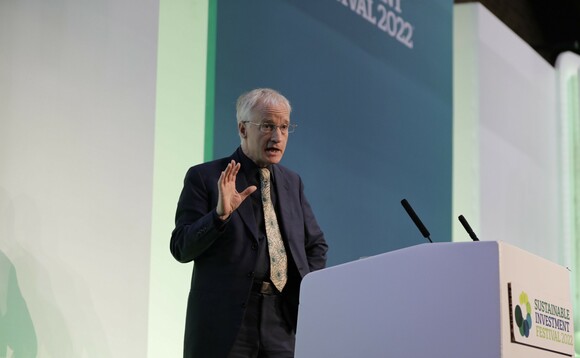Biodiversity across the globe has plummeted due to human activity should be given more prominence in sustainable investment policy, delegates heard.
Speaking at the Sustainable Investment Festival on 11 July, Natural History Museum director Dr Douglas Gurr (pictured) said it was right and good that carbon was getting the attention of investors but added biodiversity needed to be factored into decision making.
He said: "There is a path in which you can still have the returns that your clients demand without overusing the world's natural resources.
"It should be not just 'net zero' - but 'net zero and nature positive'.
"There is a path there the global economy can grow without over-consuming the natural resources of the globe. It is a path we are not currently on."
He said the problem was "fixable" and simple decisions - mainly about where and what to farm in global locations - would solve the issue in the coming decades.
Gurr warned projections mapped a possible mass-extinction event for planet earth - similar to the extinction of the dinosaurs - if the issue was not addressed imminently.
The Natural History Museum's Biodiversity Intactness Index (BII) revealed that global biodiversity intactness was just 75% in 2020 - when every square kilometre is given equal weight in calculations - and below 69% if areas are weighted by their ecological productivity.
Gurr said the index would help investors and corporates "bake in not just carbon but biodiversity".
Gurr, a former senior executive at Amazon, also said the UK, with an average of only 53% of its biodiversity left - is in the bottom 10% of the world's countries, last in the G7 and a long way behind China.
He said the Natural History Museum had developed its Biodiversity Trends Explorer to help negotiators at COP15 and future COP events compare the state of local ecosystem biodiversity among countries. He explained it also lets them compare the impacts of different economic futures on nature in developed and developing countries over the coming decades.





